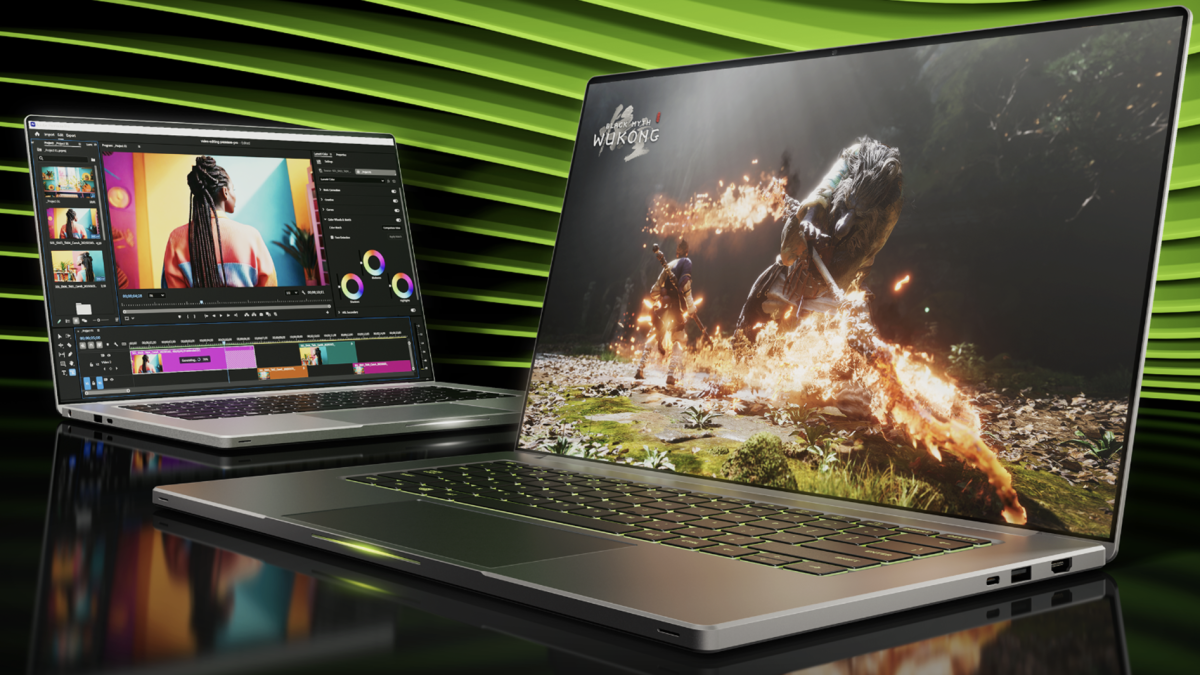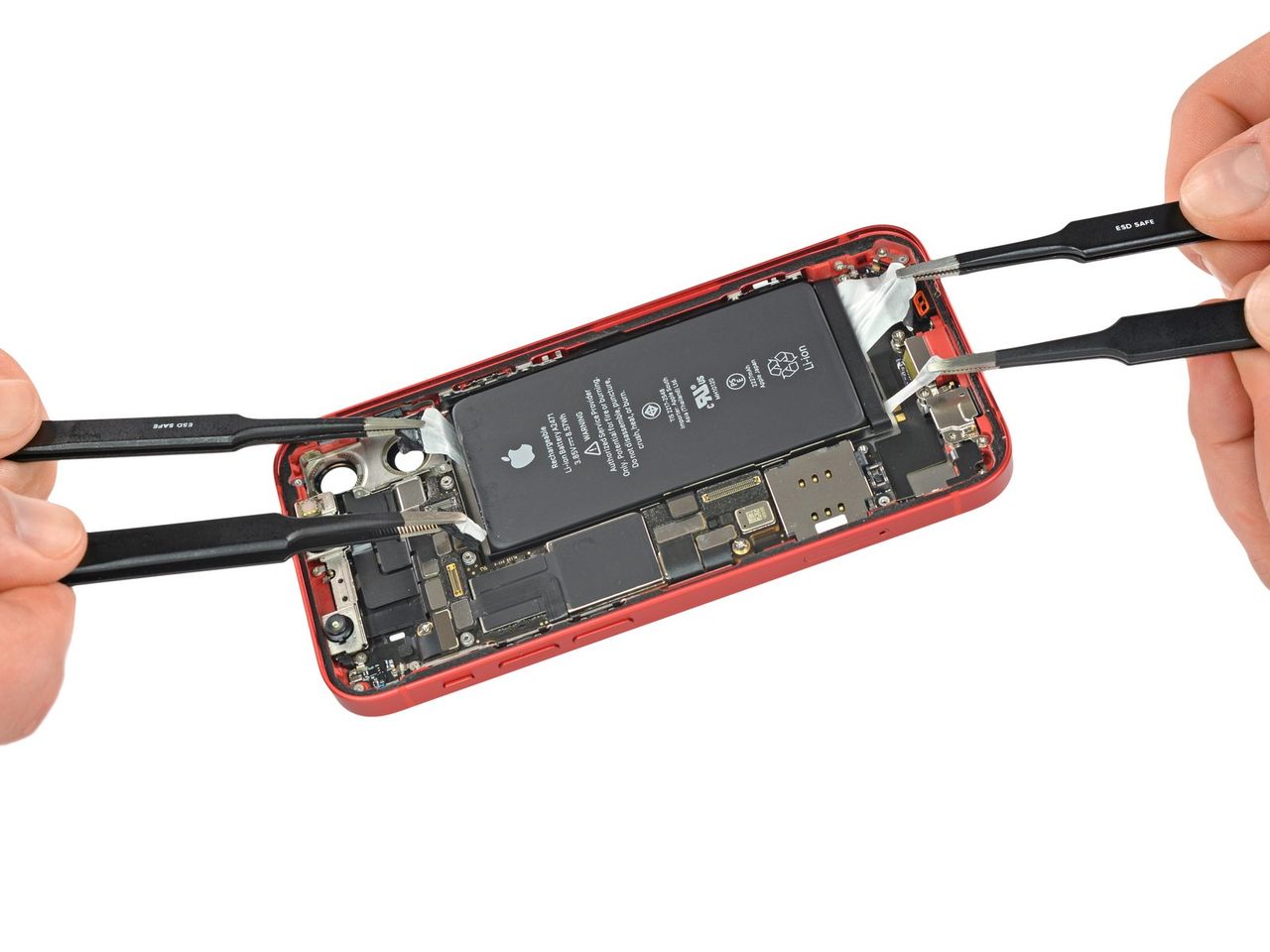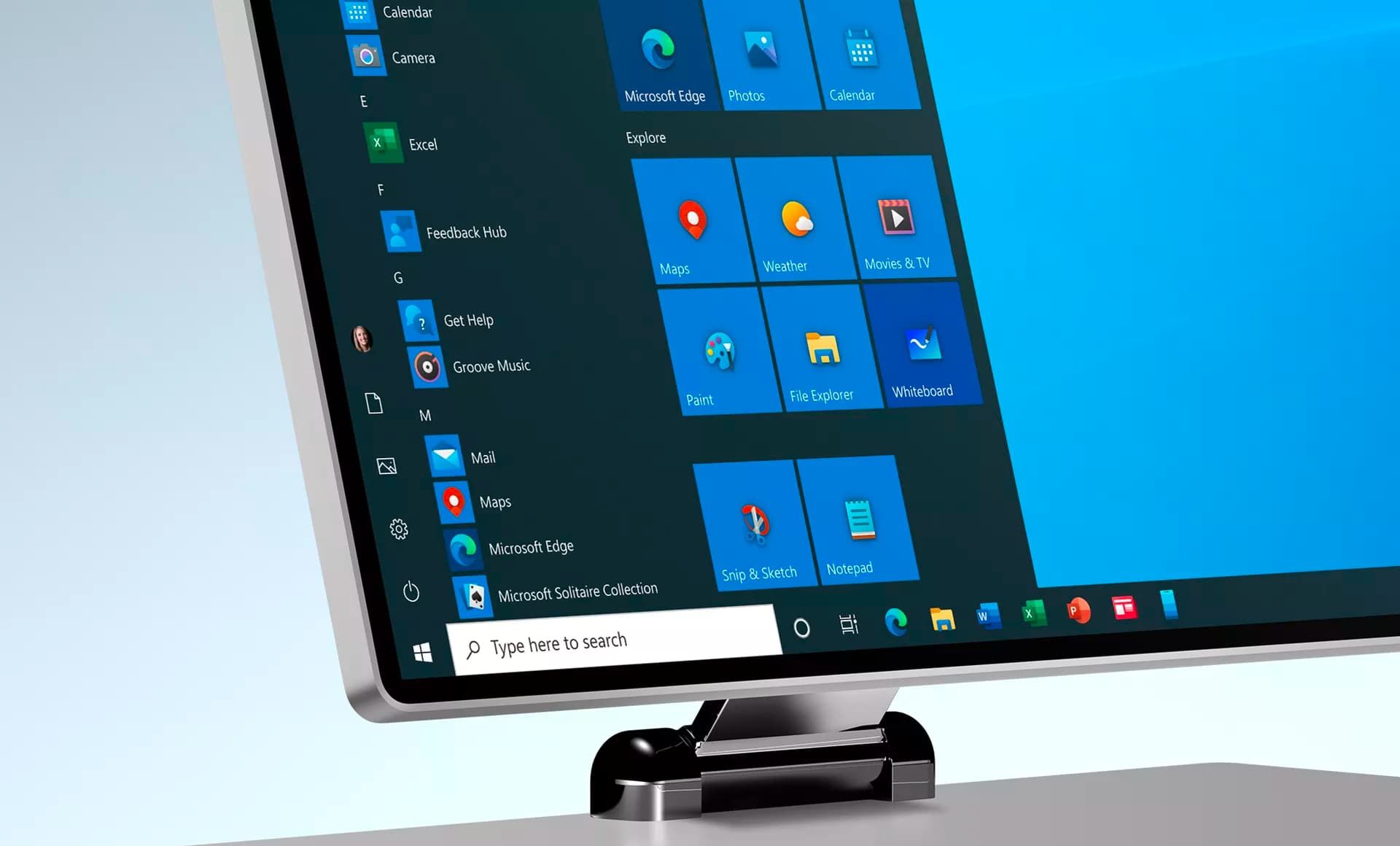RTX 5090 Laptop GPU Doubles Efficiency with Next-Gen Performance Boost
Nvidia’s recent launch of the GeForce RTX 5090 Laptop GPU marks a significant advancement in mobile graphics technology, emphasizing enhanced power efficiency without compromising performance. Early tests indicate that this mobile GPU delivers approximately half the performance of its desktop counterpart while consuming only about a quarter of the power.
In practical terms, the desktop RTX 5090 operates at a maximum power draw of 575 watts. In contrast, the laptop variant is designed to function within a power range of 150 to 175 watts, depending on the specific laptop model. For instance, the Razer Blade 16, equipped with the RTX 5090 Laptop GPU, has an enforced power limit of 160 watts. This substantial reduction in power consumption is achieved through Nvidia’s Blackwell architecture, which introduces new Max-Q features aimed at optimizing energy efficiency. These innovations include Advanced Power Gating, which conserves energy by deactivating unused sections of the GPU, and the integration of GDDR7 memory capable of operating in an ultra-low voltage state. Collectively, these enhancements contribute to a notable improvement in battery life for gaming laptops.
Performance evaluations reveal that the RTX 5090 Laptop GPU holds a significant lead over previous-generation mobile GPUs. Benchmark tests demonstrate a performance increase ranging from 61% to 91% over the older GeForce RTX 3080 Ti Laptop GPU, highlighting the substantial advancements made in mobile graphics capabilities.
These developments suggest that the RTX 5090 Laptop GPU not only delivers impressive performance but also addresses the longstanding challenge of balancing power consumption with high-end gaming capabilities in portable devices. As more manufacturers incorporate this GPU into their laptop offerings, users can anticipate a new era of gaming laptops that provide both exceptional performance and improved energy efficiency.
Source: sweclockers.com



